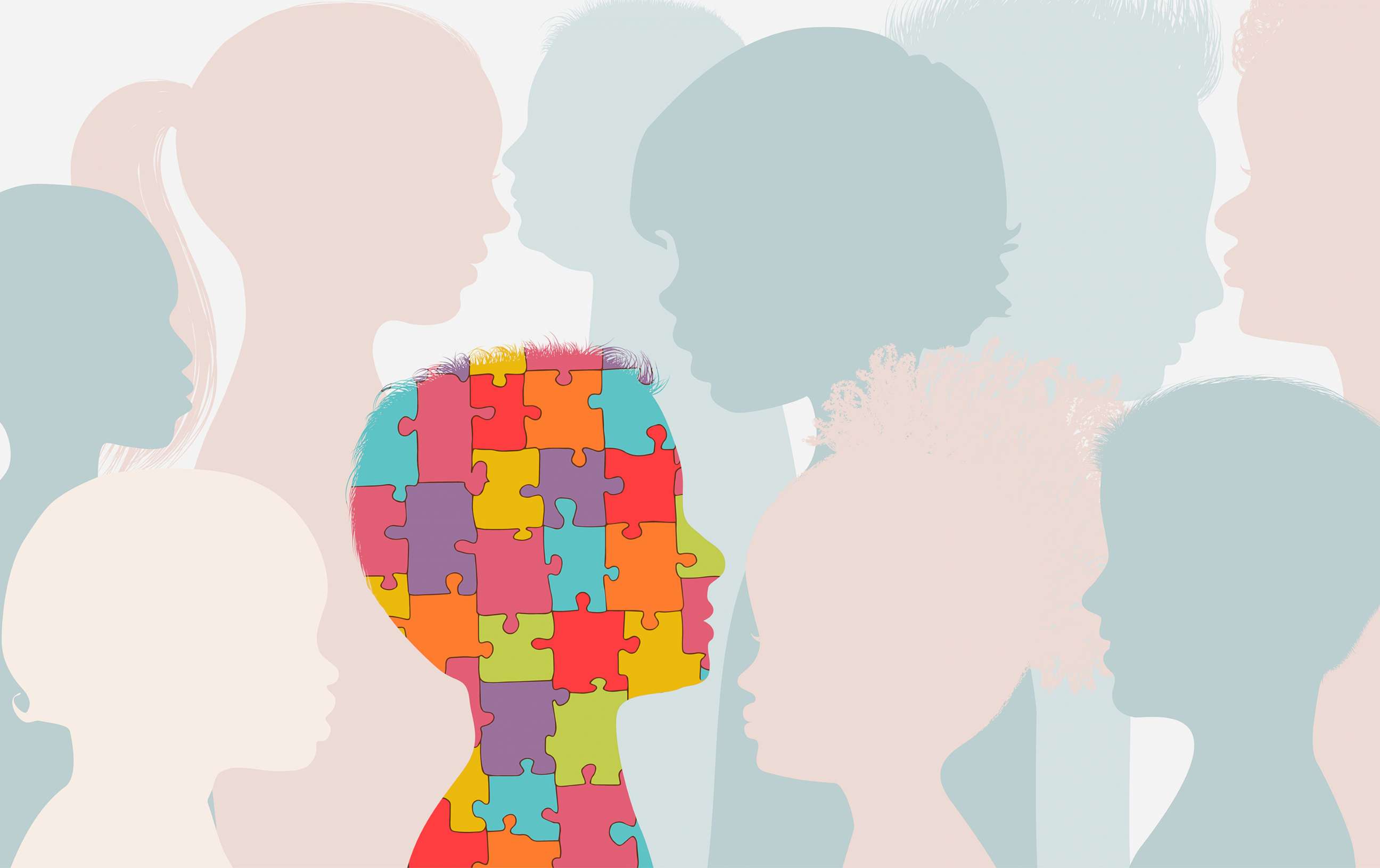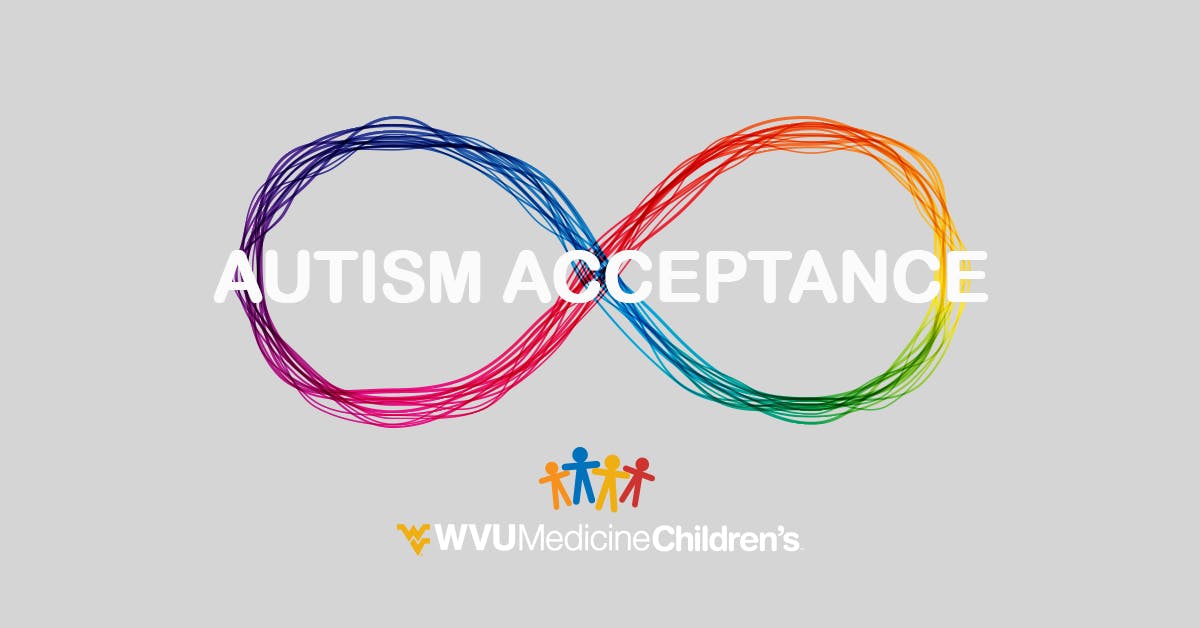Just how to Create an Inclusive Atmosphere for Buddies and Family Members with Autism
Just how to Create an Inclusive Atmosphere for Buddies and Family Members with Autism
Blog Article
Understanding Autism: A Comprehensive Overview to Symptoms And Signs
Autism Range Problem (ASD) incorporates a variety of attributes that can dramatically affect an individual's social communications and everyday performance. Acknowledging the signs and indicators, such as difficulties with eye contact, social interaction problems, and sensory sensitivities, is vital for early treatment. Recognizing these nuances not only help caregivers and instructors in providing proper support however additionally fosters an extra inclusive atmosphere for people with ASD. As we explore the complexities of autism, it comes to be vital to take into consideration how these indications show up in a different way throughout the range and what implications they hold for efficient treatment approaches.
Review of Autism Range Problem
Specifying Autism Range Problem (ASD) entails identifying it as an intricate neurodevelopmental problem identified by a series of obstacles in social communication, interaction, and behavioral patterns. The term "spectrum" reflects the wide variability in symptoms and their extent, which can vary dramatically from one person to one more. ASD normally materializes in early childhood, although some people might not get a diagnosis until later on in life.
Aspects influencing the development of ASD consist of ecological elements and genetic proneness, although the precise causes continue to be under examination. Diagnosis often counts on behavioral assessments, as there are no clear-cut medical examinations for ASD. Early intervention is essential and can significantly enhance outcomes, concentrating on improving interaction skills, social interactions, and flexible actions.
People with ASD may additionally exhibit one-of-a-kind staminas, such as extraordinary attention to information or specific locations of knowledge. Recognizing the diverse nature of ASD is essential for promoting a comprehensive environment that suits neurodiversity. Continued research study is essential for establishing reliable interventions and support systems, making it possible for individuals with ASD to flourish and accomplish their prospective within society.
Usual Signs of Autism
Acknowledging the usual indicators of Autism Spectrum Condition (ASD) is essential for very early identification and intervention. These indications can differ extensively in seriousness and presentation, however particular characteristics are often observed in people with ASD.
Among one of the most widespread signs is a marked problem in establishing and preserving eye call. People might also exhibit limited interest in social interactions and show a preference for solitary play. Repetitive behaviors, such as hand-flapping, rocking, or spinning objects, typically emerge early in youth. Furthermore, some kids may establish stringent routines and become distressed if these regimens are interfered with.
Sensory level of sensitivities are likewise common; people might overreact or underreact to sensory stimulations, such as lights, textures, or audios. autism. Language development can be irregular, with some kids exhibiting postponed speech or utilizing language in unusual methods, including echolalia-- duplicating phrases or sentences heard elsewhere
It is important to note that not every person with ASD will display all these indications, and the degree of these habits can differ dramatically. Early recognition permits for timely assistance and resources, improving the lifestyle for those on the range.
Social Communication Difficulties
Social interaction challenges are a characteristic of Autism Spectrum Condition (ASD), impacting an individual's capacity to engage successfully with others. These difficulties can materialize in numerous ways, including obstacles in initiating and preserving discussions, understanding social hints, and reacting appropriately in social communications.
Individuals with ASD may battle with nonverbal communication, such as eye get in touch with, faces, and body movement. This can lead to misunderstandings, as their communicative intent might not be appropriately analyzed by others. Additionally, they may discover it hard to grasp the subtleties of tone and context, which are necessary for effective interaction.
In group settings, individuals with ASD may feel overwhelmed and might not know how to join in conversations (autism). They might also exhibit atypical conversational patterns, such as monologuing about specific interests without recognizing social reciprocity
Moreover, these challenges can result you could check here in social seclusion or troubles in creating partnerships, as peers might misinterpret their behavior or communication design. Recognizing view these social interaction difficulties is important for promoting supportive environments that advertise social abilities advancement and enhance the quality of communications for people on the autism spectrum.
Sensory Actions and sensitivities
Numerous people with Autism Range Disorder (ASD) experience heightened sensory level of sensitivities that can substantially impact their day-to-day lives. These level of sensitivities may show up as over-responsiveness or under-responsiveness to sensory stimuli, consisting of noises, lights, textures, preferences, and smells. For example, an individual with ASD may locate everyday sounds, such as a hoover or crowded settings, extremely distressing, bring about stress and anxiety or disasters. Alternatively, some may display an indifference to discomfort or extreme temperature levels, which can pose security concerns.
Sensory processing distinctions in people with ASD can also affect their capability to involve in social communications and regular activities. A child who is sensitive to touch may withstand physical affection or prevent specific garments textiles. A choice for particular appearances or preferences can limit dietary options and create challenges throughout nourishments.
Comprehending these sensory level of sensitivities is crucial for acknowledging the unique experiences of people with ASD. Awareness of their sensory accounts can foster far better communication and assistance strategies, developing an environment that suits their requirements and boosts their high quality of life. Inevitably, acknowledging sensory level of sensitivities is a vital part of comprehending the more comprehensive spectrum of autism.

Sustaining Individuals With Autism
Efficient assistance for individuals with Autism Range Problem (ASD) is important for boosting their general health and fostering self-reliance. Assistance strategies ought to be customized to meet the distinct demands of each person, considering their strengths and difficulties.

Social abilities training can likewise play an essential function. autism. Engaging individuals in team tasks or role-playing situations can improve their capability to navigate social communications. In addition, it is vital to enlighten member of the family, caretakers, and peers concerning ASD to promote a encouraging and comprehensive neighborhood
Conclusion
By fostering enhanced interaction and social skills, people with autism can browse their environments a lot more successfully. Eventually, raised understanding and assistance can significantly improve the high quality of life for those impacted by ASD.
Autism Range Disorder (ASD) includes a vast range of qualities that can dramatically impact an individual's social interactions and everyday performance.People with ASD may struggle with you could try these out nonverbal communication, such as eye get in touch with, face expressions, and body language.Many individuals with Autism Spectrum Disorder (ASD) experience increased sensory level of sensitivities that can dramatically influence their daily lives.Sensory processing differences in individuals with ASD can also affect their capability to engage in social interactions and routine activities.Comprehending these sensory sensitivities is necessary for acknowledging the special experiences of people with ASD.
Report this page